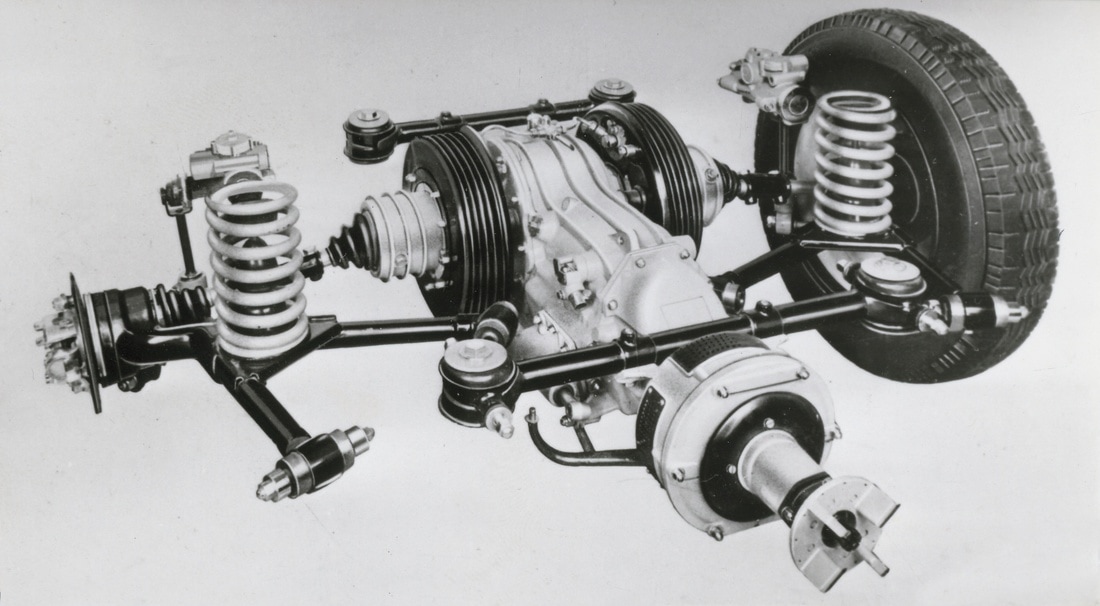I had previously been unfamiliar with the deDion system, and am learning more about the unique back ends in many of these cars with the rear transaxle.
Is there a old thread or site that anyone can point me towards to read up on the pros/cons, history and reasoning for this design?
I'm curious what the original intent or application was and how it made it this far (into 80's cars?).
Was this ever a racing development, were there any famous vehicles carrying this system?
Thx
Is there a old thread or site that anyone can point me towards to read up on the pros/cons, history and reasoning for this design?
I'm curious what the original intent or application was and how it made it this far (into 80's cars?).
Was this ever a racing development, were there any famous vehicles carrying this system?
Thx







